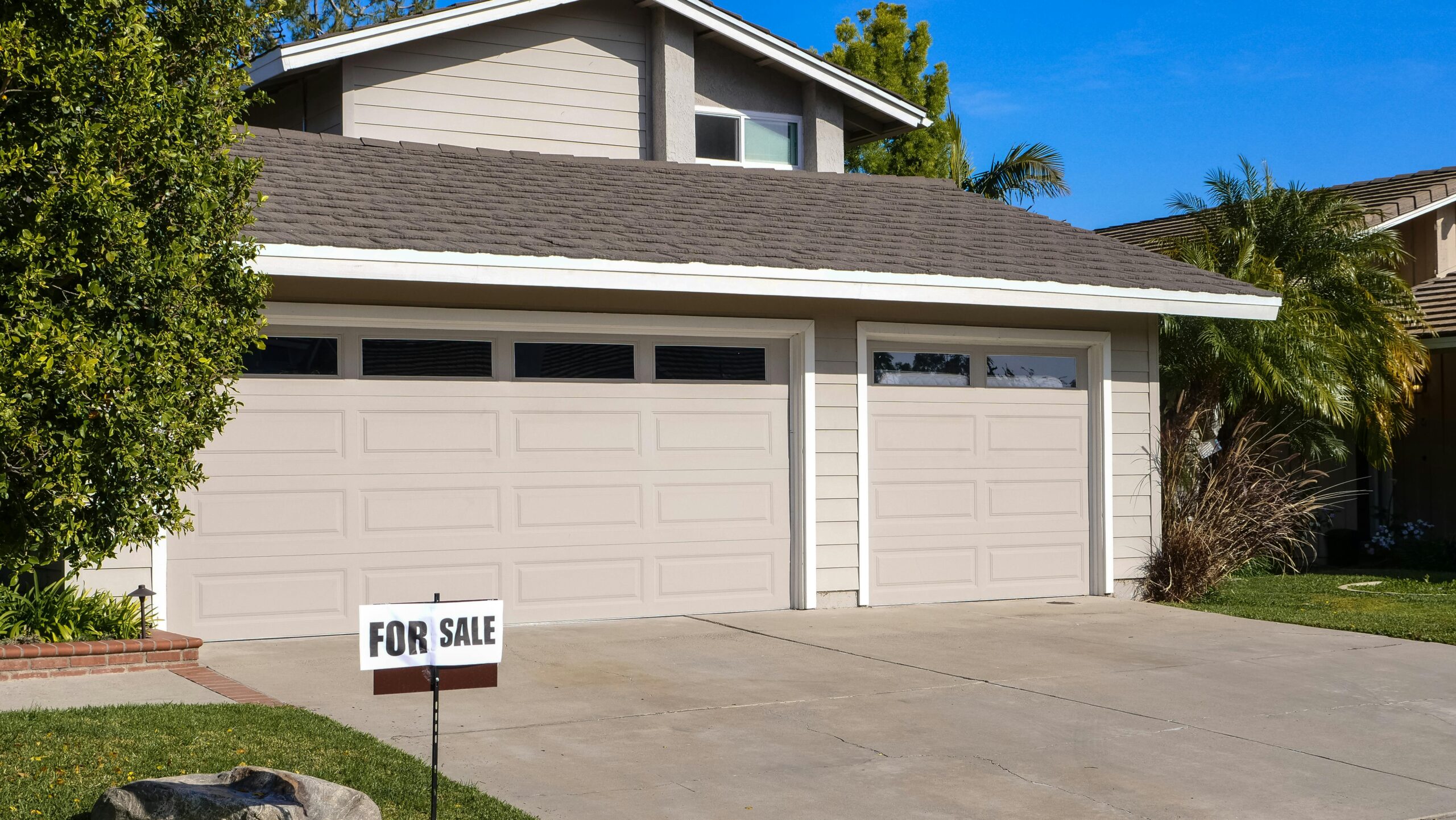In March, existing home sales in the United States fell by 5.9% compared to February, marking the steepest monthly decline since November 2022, based on seasonally adjusted data. Compared to the same month last year, sales were down 2.4%.
This drop came as a surprise to some analysts following February’s increase and a rise in available inventory, which typically boosts sales during the spring season. Nonetheless, the data suggests the housing market remains sluggish, primarily affected by elevated mortgage rates.
After falling earlier in the year, mortgage rates have recently risen again. The average rate for a 30-year fixed mortgage stood at 6.81% last week, up from around 6.6% in March and early April.
Home prices, meanwhile, continue to climb, though at a slower pace. The median sales price of existing homes in March was $403,700 — higher than February’s $398,400 and the $392,900 recorded a year ago.
Experts observe that home sales tend to closely follow mortgage rate trends. With current rates on new mortgages near 7% and many existing loans locked in at much lower rates, activity in the housing market remains limited.
Some economists also suggest this stagnation may reflect lower economic mobility, as fewer people are upgrading to more expensive homes.
Over the past two years, existing home sales have fallen to their lowest levels since the mid-1990s.
In contrast, new single-family home sales rose 7.4% from February and 6% compared to the previous year, according to official data.
The median sales price for new homes in March 2025 was $403,600 — slightly lower than that of existing homes. This narrow price gap indicates that builders are focusing on more compact and affordable housing, rather than high-end properties.
This type of supply may benefit buyers who have been priced out of the existing home market, though new housing development remains limited in some areas, particularly in the Northeast.
Still, there are signs that the spring housing market overall might remain weak. Mortgage applications dropped 12.7% in the week ending April 18, reflecting the recent increase in mortgage rates and broader economic uncertainty.







